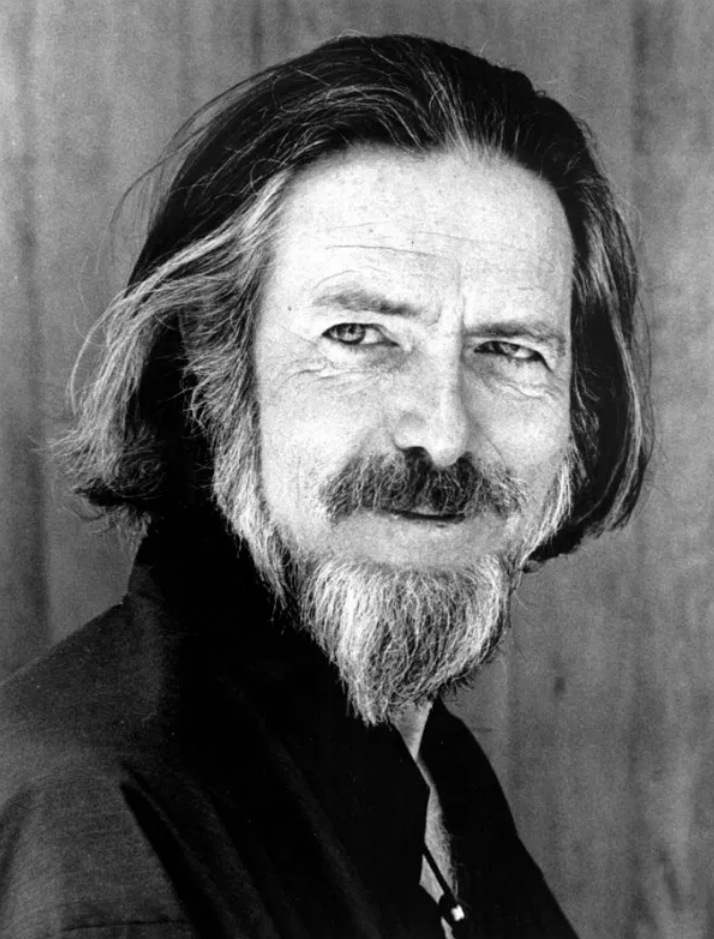Facts about Alan Watts
Alan Watts Biography
Alan Watts was a writer and lecturer in comparative religions, known best for his many books on Buddhism, including the 1957 classic The Way of Zen.
A rebellious product of English public schools, his early interest in Asian art and culture led to his decision to become a Buddhist when he was a teenager.
From the late 1930s on, Watts was based in the United States (he became a naturalized citizen in 1943). He studied theology and earned a degree from the Seabury-Western Theological Seminary in Illinois, then was ordained as an Episcopal priest in 1945.
Watts wasn’t a priest for long, and in 1951 he settled in San Francisco to join the American Academy of Asian Studies to teach and be an administrator.
Throughout most of his career, he studied, wrote, traveled and lectured.
From 1953 until 1962, Watts had a weekly radio program on Pacifica Radio station KPFA, and recordings of those programs are still in circulation, as are recordings of the many lecture he gave on the cultures and world views of China, Japan and India.
Critics called him a mere popularizer of Zen Buddhism and complained he had not put in the work, as he had not undergone training as a monk.
Indeed, Watts was no monk and had several relationships with women and steady relationships with nicotine and alcohol.
He wrote more than two dozen books, including Nature, Man and Woman (1958), his book on psychedelics, The Joyous Cosmology: Adventures in the Chemistry of Consciousness (1962), The Book: On the Taboo Against Knowing Who You Are (1966), and In My Own Way: An Autobiography 1915-65 (1972).

